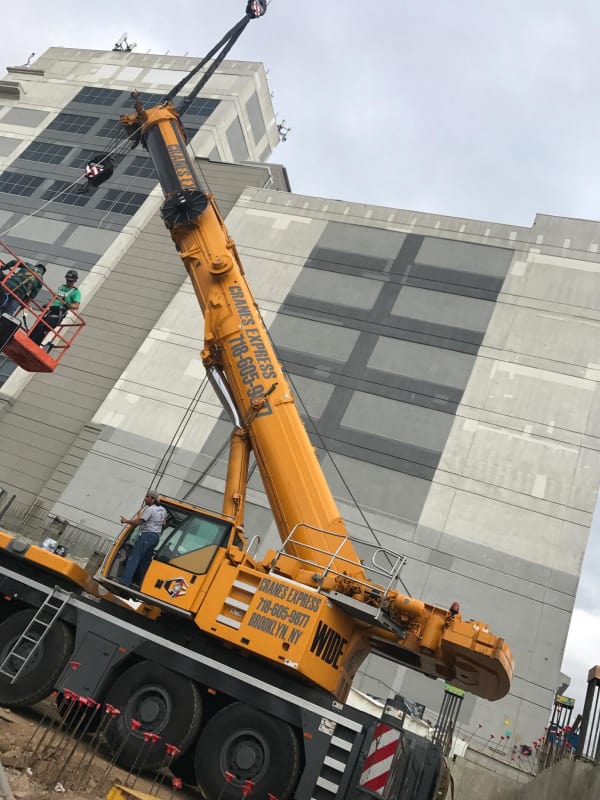AEng123
Mechanical
- Nov 2, 2016
- 18
What design safety factor do you use for equipment holding a load where people will be working underneath?
Thank you,
A.M.
Thank you,
A.M.
Follow along with the video below to see how to install our site as a web app on your home screen.
Note: This feature may not be available in some browsers.
And why is anyone working underneath it?

